Has a Major Revolution in Electronics Emerged from the University of Tehran?
*When the Human Body Becomes an Electronic Circuit Board*
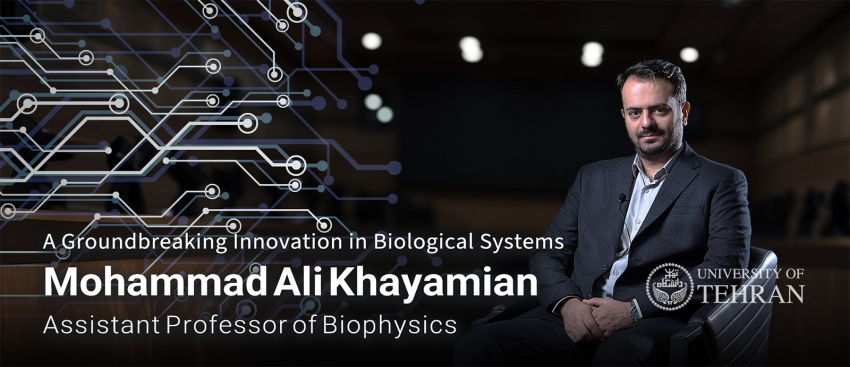
Ehsan Shirkhanlo reporting from the Vice-Presidency for Research and Technology News Desk of the University of Tehran:
Electrical stimulation has been used in medicine for wound healing for decades. However, two major barriers have limited its widespread application: the constant dependence on an external power supply, and the cumbersome wiring required to connect the source directly to the wound. A groundbreaking study by Dr. Mohammad Ali Khayamian, Assistant Professor at the Institute of Biochemistry and Biophysics, University of Tehran, has now overcome these challenges with a novel approach that has already attracted the attention of leading international journals such as Nature and Science.
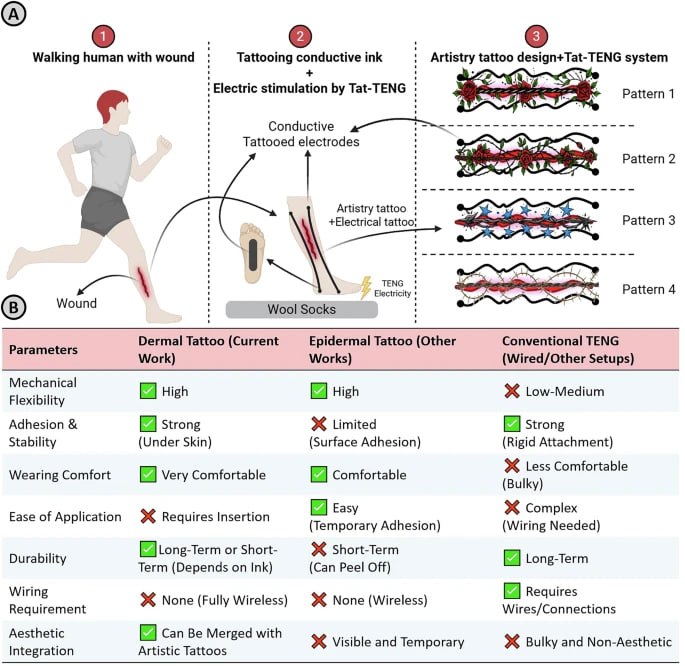
Conceptual framework and comparative analysis of the Tat-TENG system.
From Triboelectricity to Iranian Innovation
In 2012, the scientific community was transformed by the introduction of triboelectric technology, which demonstrated that simple mechanical interactions—such as friction or impact—could generate electricity without the need for a fixed power source. Portable and self-charging, this innovation quickly found its way into medical applications, enabling faster and more effective wound healing.
Yet Dr. Khayamian and his team advanced the field even further:
- They utilized human skin itself as one of the triboelectric materials.
- They replaced conventional external wiring with conductive inks tattooed directly onto the body, seamlessly transmitting electricity generated by bodily movement—for example, the foot striking the ground while walking—straight to the wound site.
Thus, the human body is no longer merely the site of energy consumption, but becomes a natural electronic circuit board, with its wiring embedded within the skin itself.
A Kitchen Spark, a Scientific Breakthrough
Reflecting on the genesis of the idea, Dr. Khayamian recalled:
“We had worked in triboelectricity for five years and were constantly challenged by the problem of wiring. The idea of using tattoos instead of wires came to me quite by chance—in my own kitchen. At first, it seemed nearly impossible, but our early experiments revealed signs of success.”
Remarkably, within just two days of its publication in Nature, the study was also highlighted in Science Magazine as a potential turning point for the future of electronics.
This achievement emerged from the collaborative effort of an interdisciplinary team of students and researchers in chemical engineering, electronics, biophysics, and engineering sciences. According to Dr. Khayamian:
“Two qualities defined our team: a passion for interdisciplinary synergy and an unyielding drive. I am deeply grateful for their dedication and commitment.”
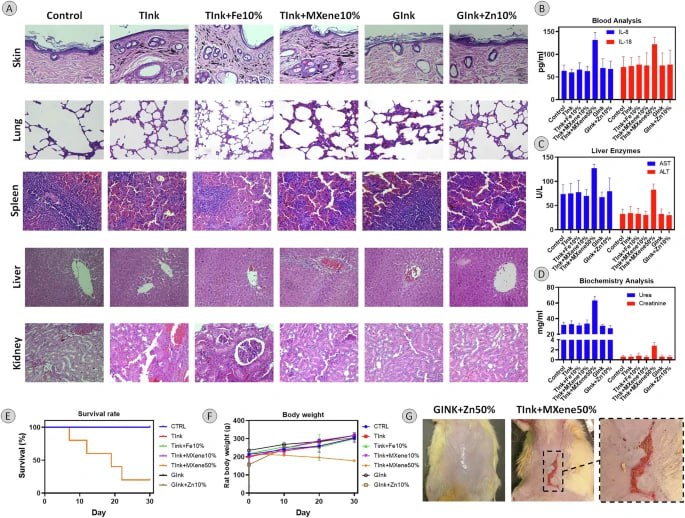
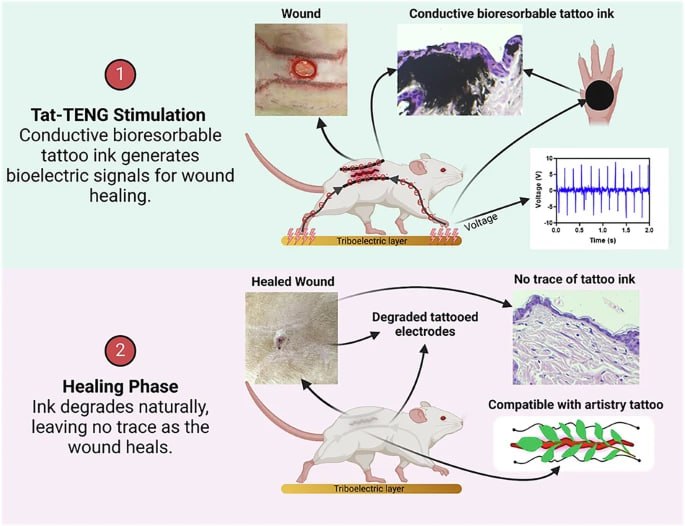
A Clear Message to the University and Students
Addressing the University of Tehran, Dr. Khayamian emphasized:
“We have opened a door to science that has drawn the attention of leading global journals. This is only the beginning, and with the full support of the University, we must take the lead in this field and not forget the competitors.”
He also shared a message for students:
“Strengthen your capacity for interdisciplinary collaboration. This is the key to success against global scientific giants, and to advancing at the frontier of knowledge.”
Conclusion
The research of Dr. Mohammad Ali Khayamian demonstrates how the fusion of individual creativity, interdisciplinary teamwork, and institutional support can yield innovations that not only solve longstanding medical challenges but also open new horizons for the future of electronics and biomedical science worldwide.
The published article:
Authors: Reyhaneh Shakibi, Fatemeh Yazdipoor, Nazanin Iman Doost, Taraneh Bajooli, Ali Akbar Moosavi-Movahhedi, and Mohammad Ali Khayamian
Watch the interview clip with English subtitles below.
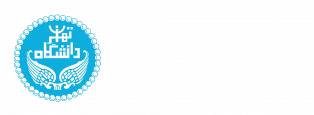
Your Comment :